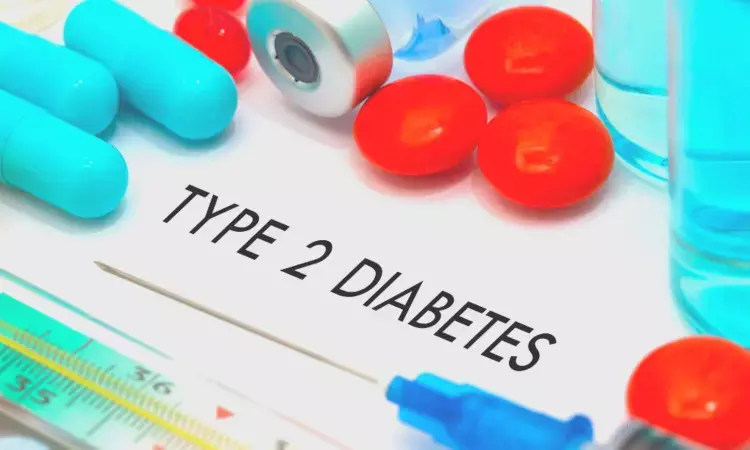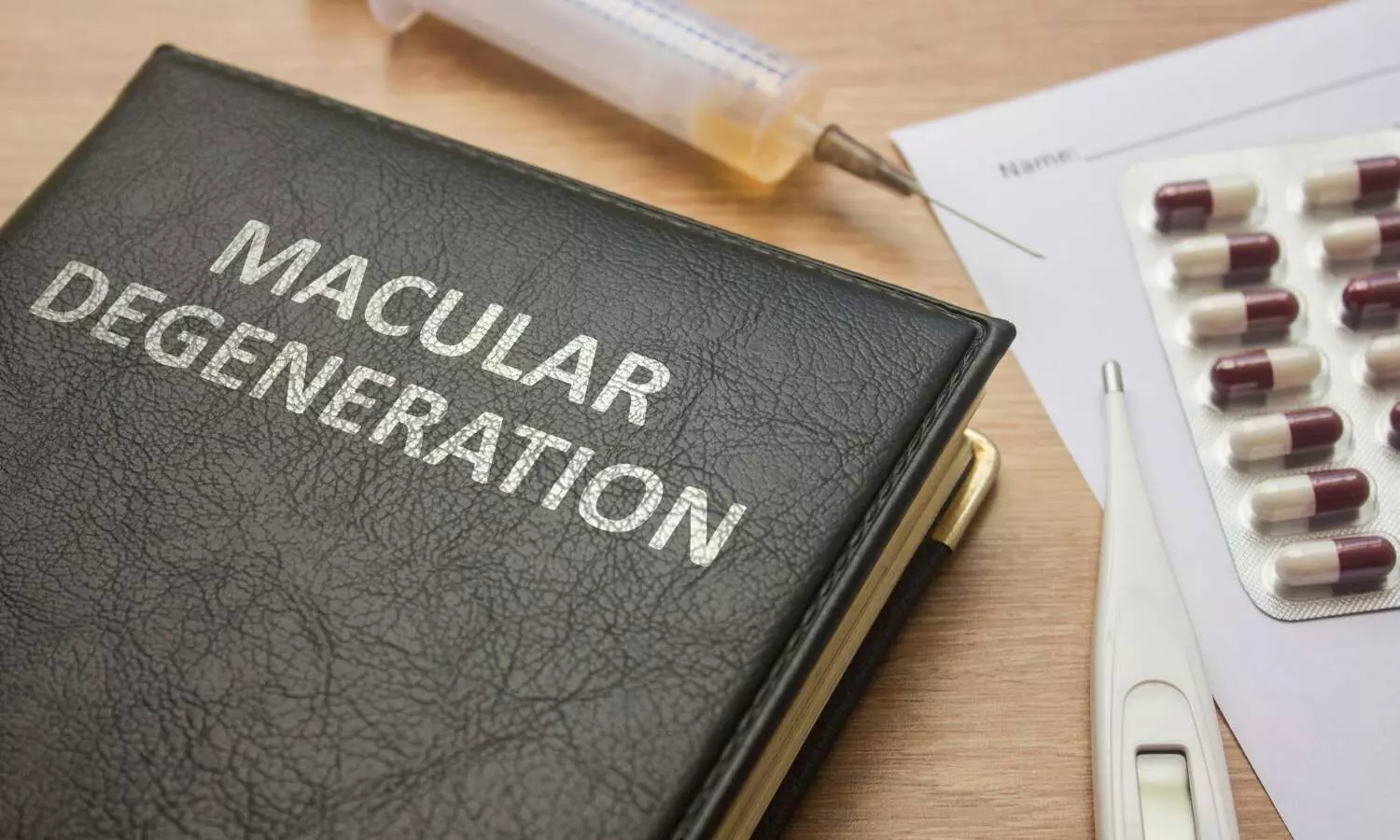- Home
- Medical news & Guidelines
- Anesthesiology
- Cardiology and CTVS
- Critical Care
- Dentistry
- Dermatology
- Diabetes and Endocrinology
- ENT
- Gastroenterology
- Medicine
- Nephrology
- Neurology
- Obstretics-Gynaecology
- Oncology
- Ophthalmology
- Orthopaedics
- Pediatrics-Neonatology
- Psychiatry
- Pulmonology
- Radiology
- Surgery
- Urology
- Laboratory Medicine
- Diet
- Nursing
- Paramedical
- Physiotherapy
- Health news
- Fact Check
- Bone Health Fact Check
- Brain Health Fact Check
- Cancer Related Fact Check
- Child Care Fact Check
- Dental and oral health fact check
- Diabetes and metabolic health fact check
- Diet and Nutrition Fact Check
- Eye and ENT Care Fact Check
- Fitness fact check
- Gut health fact check
- Heart health fact check
- Kidney health fact check
- Medical education fact check
- Men's health fact check
- Respiratory fact check
- Skin and hair care fact check
- Vaccine and Immunization fact check
- Women's health fact check
- AYUSH
- State News
- Andaman and Nicobar Islands
- Andhra Pradesh
- Arunachal Pradesh
- Assam
- Bihar
- Chandigarh
- Chattisgarh
- Dadra and Nagar Haveli
- Daman and Diu
- Delhi
- Goa
- Gujarat
- Haryana
- Himachal Pradesh
- Jammu & Kashmir
- Jharkhand
- Karnataka
- Kerala
- Ladakh
- Lakshadweep
- Madhya Pradesh
- Maharashtra
- Manipur
- Meghalaya
- Mizoram
- Nagaland
- Odisha
- Puducherry
- Punjab
- Rajasthan
- Sikkim
- Tamil Nadu
- Telangana
- Tripura
- Uttar Pradesh
- Uttrakhand
- West Bengal
- Medical Education
- Industry
SGLT2 inhibitors improve total body composition except muscle mass in Type 2 diabetes patients

New research found that SGLT-2 inhibitors revamp the body composition in T2DM by improving the body weight, body mass index, waist circumference, visceral fat area, subcutaneous fat area, percentage body fat, and fat mass reduction, but also reduce muscle mass. The study results were published in the journal PLOS ONE.
Type 2 diabetes mellitus(T2DM) is linked to sarcopenic obesity (SO). In evaluating T2DM and SO, factors like body composition measurement including body weight, body mass index, waist circumference, percentage body fat, fat mass, muscle mass, visceral adipose tissue, and subcutaneous adipose tissue, play an important role. Studies have demonstrated the weight reduction effect of sodium-glucose cotransporter 2(SGLT-2) inhibitors. But SGLT-2 inhibitors have to be cautiously due to the increased risk of sarcopenia. As there is uncertainty on the effect of SGLT-2 inhibitors on body composition in T2DM, Runzhou Pan et al conducted a meta-analysis of randomized controlled trials to evaluate the effect of SGLT-2 inhibitors on body composition in T2DM.
Using keywords PubMed, the Cochrane Library, Embase, and Web of Science databases were searched. Review Manager version 5. 3 was used to carry out the statistical analyses. For continuous outcomes, weight mean difference (WMD), with 95% confidence intervals (CI) was used for comparison and regardless of heterogeneity, random effects model was applied. The heterogeneity of studies was evaluated by I2 statistic. Funnel plots were used to assess the publication bias.
Key findings:
- 18 studies with 1430 participants met the eligibility criteria for the meta-analysis.
- SGLT-2 inhibitors significantly reduced the following parameters
| body weight, | (WMD: -2. 73kg) |
| body mass index | (WMD: -1. 13kg/m2) |
| waist circumference | (WMD: -2. 20cm) |
| visceral fat area | (MD: -14. 79cm2) |
| subcutaneous fat area | (WMD: -23. 27cm2) |
| fat mass | (WMD: -1. 16kg) |
| percentage body fat | (WMD: -1. 50%) |
| lean mass | (WMD: - 0. 76kg) and |
| skeletal muscle mass | (WMD: - 1. 01kg) |
.
Thus, when compared to other hypoglycemic agents, SGLT-2 inhibitors not only reduced BW, BMI, WC, VFA, SFA, PBF, FM, and LM but also had an adverse effect of reducing SMM to a greater extent. Further studies are needed to carry out an in-depth analysis of SGLT2 inhibitors on skeletal muscle mass.
Further reading: Pan R, Zhang Y, Wang R, Xu Y, Ji H, Zhao Y. Effect of SGLT-2 inhibitors on body composition in patients with type 2 diabetes mellitus: A meta-analysis of randomized controlled trials. PLoS One. 2022;17(12):e0279889. Published 2022 Dec 30. doi: 10.1371/journal.pone.0279889
BDS, MDS
Dr.Niharika Harsha B (BDS,MDS) completed her BDS from Govt Dental College, Hyderabad and MDS from Dr.NTR University of health sciences(Now Kaloji Rao University). She has 4 years of private dental practice and worked for 2 years as Consultant Oral Radiologist at a Dental Imaging Centre in Hyderabad. She worked as Research Assistant and scientific writer in the development of Oral Anti cancer screening device with her seniors. She has a deep intriguing wish in writing highly engaging, captivating and informative medical content for a wider audience. She can be contacted at editorial@medicaldialogues.in.
Dr Kamal Kant Kohli-MBBS, DTCD- a chest specialist with more than 30 years of practice and a flair for writing clinical articles, Dr Kamal Kant Kohli joined Medical Dialogues as a Chief Editor of Medical News. Besides writing articles, as an editor, he proofreads and verifies all the medical content published on Medical Dialogues including those coming from journals, studies,medical conferences,guidelines etc. Email: drkohli@medicaldialogues.in. Contact no. 011-43720751




